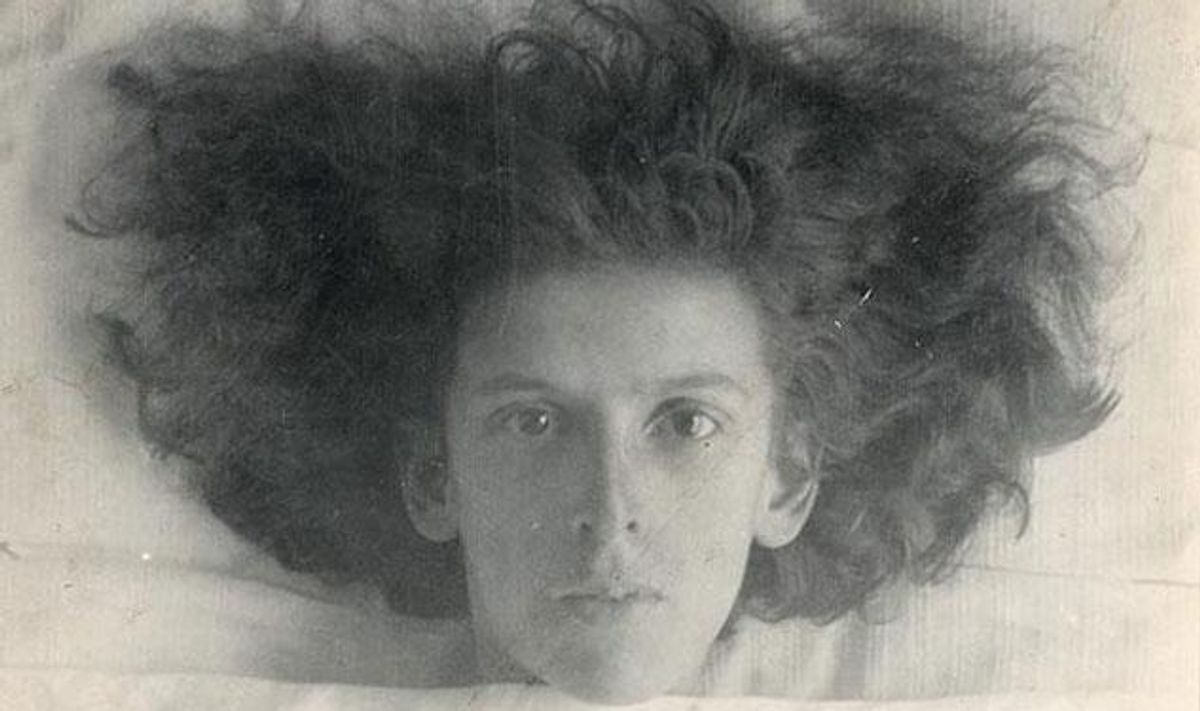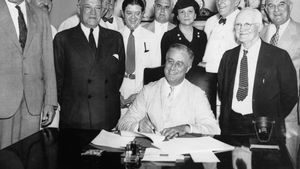
Images via BOUBANG
Looking at the work of Claude Cahun, a surrealist photographer and performer active in the early-1900s, one could easily think her surrealist works were produced today.
Her work is less a commentary on and more a confrontation with gender norms. So too was her life: the artist, born Lucy Renee Mathilde Schwob, and her lover and step-sister, Marcel Moore (originally Suzanne Malherbe), lived most of their lives in a realm of androgyny controversial for even the experimental, relatively open-minded interwar years, the zenith of Calhoun's career. Today, her work provides an enduring illustration of the tension that arises, and the eventual acceptance that can be had, when dealing with gender identity.
Here we take a brief look at Cahun's pieces, almost all of which rely on optical illusion or obstruction that challenge not only the viewer, but the artist herself.
One piece, "What do you want from me?" is perhaps the strongest example of Cahun's overall artistic philosophy. This art isn't surreal for art's sake; it's real, normal life through a lens we're only told is surreal.
Above left, Sans titre, 1939. Above right, Sans titre, 1936.

Constantly challenging gender norms in her personal and professional lives, Claude Cahun had a fascination with the eye, both yours and her own.
On the left, Aveux non avenus, planche I, 1929-1930; on the right, Aveux non avenus, planche III, 1929-1930.

Cahun knew the people we see on the outside aren't the people they are on the inside.
Henri Michaux, 1925, is on the left, while on the right you'll find a married couple, Andre et Jacqueline Breton, 1935.

Most of Cahun's images, including her self-portraits, remain untitled.
Left, Sans Titre, 1929; right, same non-name, 1939.

A self-portrait from her younger days, before she took to shaving her head to become more androgynous.
Autoportrait, 1917

This 1928 piece has an appropriate title, Que me veux tu?.

On the left, Autoportrait from 1929; on the right, surrealist poet Robert Desnos in 1930.
































































































